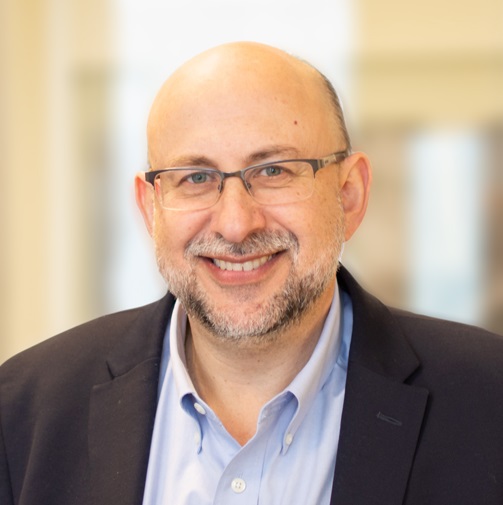
When schools reopen, regardless of what form that takes, educators will welcome students with increased social and emotional needs. They may be anxious about the pandemic, could have experienced the loss of loved ones, are possibly living in difficult economic circumstances, and likely have a heightened awareness of social injustices.
That’s on top of being behind academically due to the sudden unplanned shift to remote learning this spring.
So, what’s a school or system leader to do? The answer is not to just pile more work on counseling and special education staff or run out and buy a new program. Instead, it’s time to do things differently and treat staff time as invaluable.
As a former superintendent and advisor to hundreds of districts around the country, I’ve seen three approaches work well when social and emotional learning (SEL) needs are high and resources are tight.
Invest in relationships
Making sure students know that at least one adult in school knows and cares about them goes a long way toward lowering anxiety. Helping teachers form strong relationships with students through a “structured” process is key. A structured process is specific, guided, and easy to implement.
Adding structure to the advisory period, commonly used in secondary schools, means giving students a say over which teachers they are placed with and giving teachers clear, simple protocols to use during the period. Don’t just add the time to the schedule and hope teachers will make the best of it.
Related: Expect heightened anxiety, behavioral issues in returning students
Similarly, SEL structure can be built into the schedule if schools have teachers lead “extracurricular” clubs of their choosing, not after school but during the school day. This allows them to bond with students over shared areas of interest. Both of these options can work in remote, hybrid, or in-person settings. And, if schools are meeting in person for at least part of the week, teachers can be scheduled to have lunch with small groups of students a few times each week.
Reimagining counseling services
Another cost-effective way to meet SEL needs is to leverage the power of small-group counseling.
When I was superintendent in Arlington, Massachusetts, I hired a substance abuse counselor and asked her how many students she could see working half time. She responded by asking me if I meant how many groups she could run. The question surprised me. While small-group counseling for youth is common outside K-12 settings, individual counseling is still the norm in schools. There are times when it’s the best way to go, but it shouldn’t be the only option. She explained that she could see many more students in small groups and that the students would benefit by getting more counseling time and learning from their peers. We moved in this direction, served our students well, and served three times as many students. And our students were better off.
Treat counselors’ time as precious
Finally, engage in process mapping to streamline meetings and paperwork and free up special education and counseling staff to provide more direct support to students. On average, these talented folks spend more time in meetings and doing paperwork than working with students.
Related: How SEL, personalized learning drive a Texas district’s reopening
For the most common processes, such as creating an Individualized Education Plan, list each step in great detail. Then, for each task, assess whether it and everyone involved is needed. The litmus test should be whether doing the task or joining the meeting is more valuable than meeting with students. In some districts, this process has doubled the amount of counseling provided by existing staff.
What not to do
It’s also important to avoid doing what might feel right at first but actually can be counter to your goals. These include buying a new off-the-shelf SEL program for the fall. Such programs will be hard to implement in a year when in-person training and in-person instruction are limited, and teachers are already stretched thin.
In addition, don’t assume that programs in place are working. Measure their impact. I recently talked to a superintendent who used a purchased program to address SEL during in-school advisory periods. When I asked how they knew the program worked, she asked what I meant. It was reached based, she responded. The district hadn’t assessed for success, just assumed success. A subsequent student survey revealed the program hadn’t made students feel more connected to adults and more explicit protocols for how the time was spent were needed.
Student SEL needs will be record high this fall, but carefully structured approaches monitored for success can make a world of difference for kids in need.
Nathan Levenson recently released a new book, “Six Shifts to Improve Special Education and Other Interventions,” published by Harvard Education Press. He is managing director at District Management Group, where he has led efforts to improve equity and outcomes for students in more than 200 school districts across 25 states. He is the former superintendent of Arlington Public Schools in Arlington, Mass.







